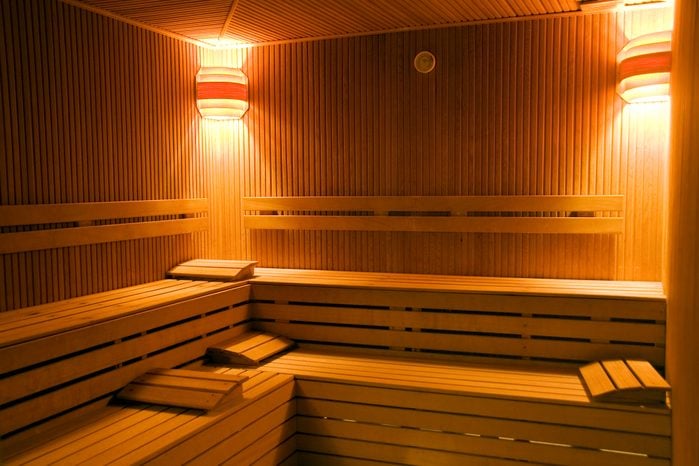Choosing a heating method is one of the first steps to building a sauna. Here we look at four of the most common methods.
4 Ways to Heat a Sauna
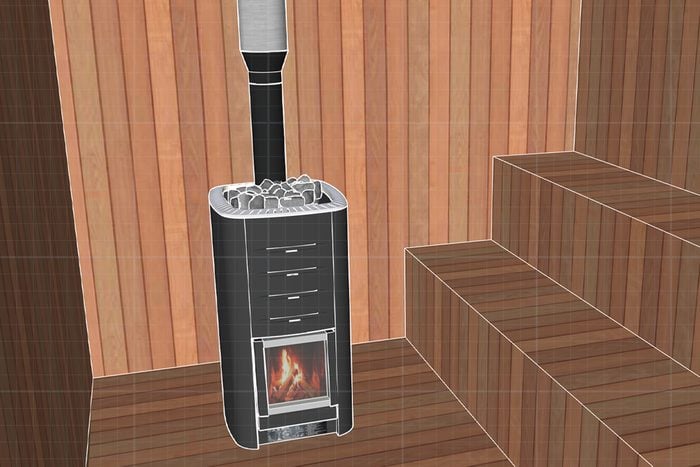
Wood-Fired Sauna
The true, old-school classic. Wood-fired saunas employ a traditional wood-burning stove to provide heat to the sauna.
A steel or cast-iron stove burns wood, transferring the heat to a basket of rocks on top. The warm rocks evenly heat the sauna, creating a nice, soft heat. To add heat and moisture content to the air, sprinkle water across the hot rocks. The resulting steam raises the overall temperature in the sauna.
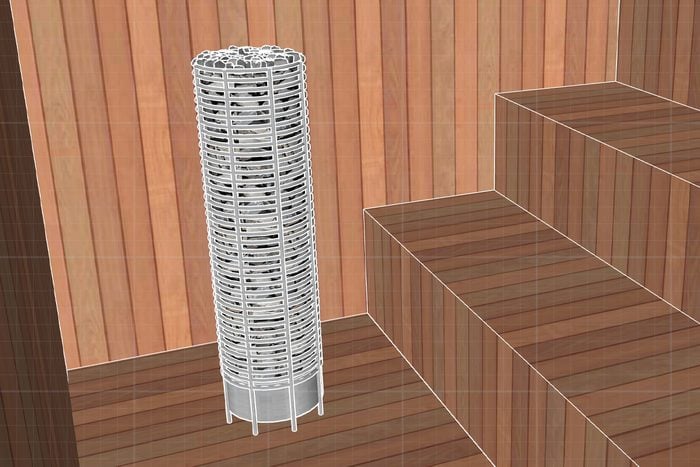
Electric Sauna Heater
By far the most common sauna heating element, electric heaters account for an estimated 95% of all sauna heaters. Similar to the wood-fired stove but different than baseboard heaters, electric heaters warm a basket of rocks to raise the ambient temperature inside the sauna.
Electric heaters require 20-, 30- or 40-amp dedicated circuits for home use. Most models have control modules built into the heater itself, or via a wall-mounted unit.
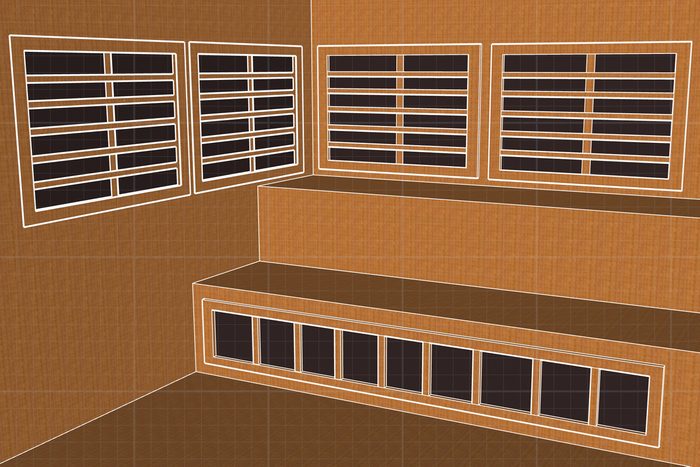
Infrared Sauna Heater
Infrared heating is a newer sauna technology, gaining more steam (pun intended) in recent years. While traditional sauna methods heat the air around the user, infrared saunas heat your body directly, without affecting the air around you.
These saunas use light frequencies via electromagnetic radiation to provide the heat. They produce less heat than other saunas, staying right around 140 degrees. Infrared saunas can even be retrofitted into areas like a small closet space with special modular lighting panels.
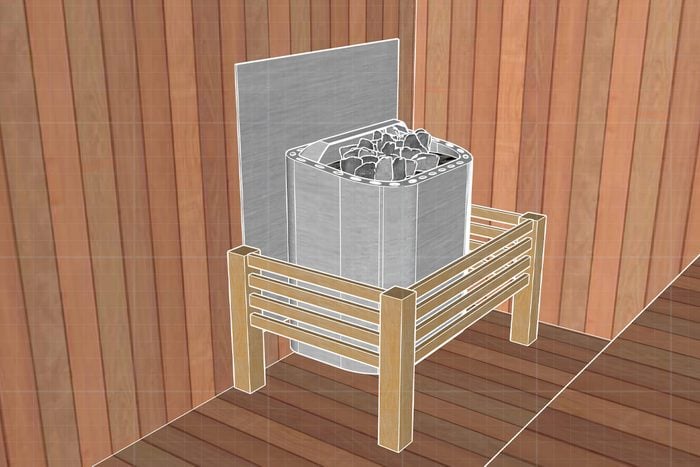
Gas Sauna Heater
Gas saunas feature natural gas or propane as their heat source. Typically larger than wood or electric saunas, these tend to cost more upfront but require less maintenance over the long term. Gas saunas are also cheaper to operate than electric types. They heat up faster than electric or wood-fired saunas.

